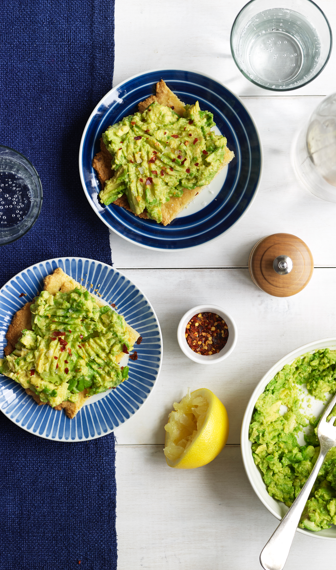A recent New England Journal of Medicine (NEJM) study titled “Comparison of Weight-Loss Diets with Different Compositions of Fat, Protein, and Carbohydrates” (Feb. 26, 2009), concluded that reduced-calorie diets result in clinically meaningful weight loss regardless of which macronutrients they emphasized.
The NEJM study randomly assigned 811 overweight adults to one of four diets with different percentages of energy derived from different macronutrients (fat, protein and carbohydrates). Two of the four diets offered prescribed lowered carbohydrate intake levels, at 45 and 35 percent of calories.
As you know within the four phases of the Atkins Diet, the first two phases (10 to 25% percentage of carbs in daily consumption).– where the majority of weight loss occurs – require much lower amounts of carbohydrates than those prescribed in the NEJM diets for weight loss.
The macronutrient distribution suggested in the two lower-carb diet plans was no where near the levels that have been shown to be effective for weight loss as cited in previous low carb research. Only after weight loss has been attained and an individual’s metabolism allows, does Atkins suggest the carbohydrate intake level prescribed in the two lower-carb diets used in the NEJM study. These levels equal the recommended levels a person with a healthy metabolism may achieve in the Atkins maintenance phase – the last Atkins Diet phase that helps users maintain, but not lose additional weight.
Lastly, those following the lower-carb program, as reported in this study, ate up to 35% of calories a day of carbohydrates. Can you imagine how well they might have done if they had limited their carb intake to be more in keeping with the weight loss phases of the Atkins Nutritional Approach? (After all, 35% of calories in carbs a day is what the most metabolically advantaged people in the fourth, maintenance stage of Atkins typically consume!) Remember, an individual progressing through the four phases of Atkins begins to gradually increase his intake of healthy carbs in each phase. Just as in the study you consume – nuts/seeds, low-sugar fruits, legumes and even whole grains in reasonable quantities- to allow a balanced intake of carbs without exceeding the level of carbohydrates that will again induce fat deposits. Gradually introducing healthy carbohydrates this way allows each individual to personalize carb consumption – typically fewer than 35% of calories — without gaining fat and maintaining weight loss achieved.
Furthermore, participants in the study weren’t always consuming the prescribed percentage requirements of different macronutrients, thus blurring the differences between the four different diets in the study. For example, while the lowest carb content prescribed in any diet was 35 percent (in the high-fat, high-protein diet), the lowest carbohydrate content reported as consumed was actually around 42 percent, seven percentage points higher than the recommended levels. The four diets outlined in the study produced similar weight-loss effects because upon actual execution, the diets became more similar in macronutrient percentage makeup.
We at Atkins have long maintained that no one diet plan works for everyone, and we’re happy to see this study adding to the growing body of evidence that demonstrate even the Atkins Nutritional Approach Maintenance phase – outlined as the lower-carb program followed by participants in the NEJM study – not only works well for some weight loss, it produces significant health benefits as well.

